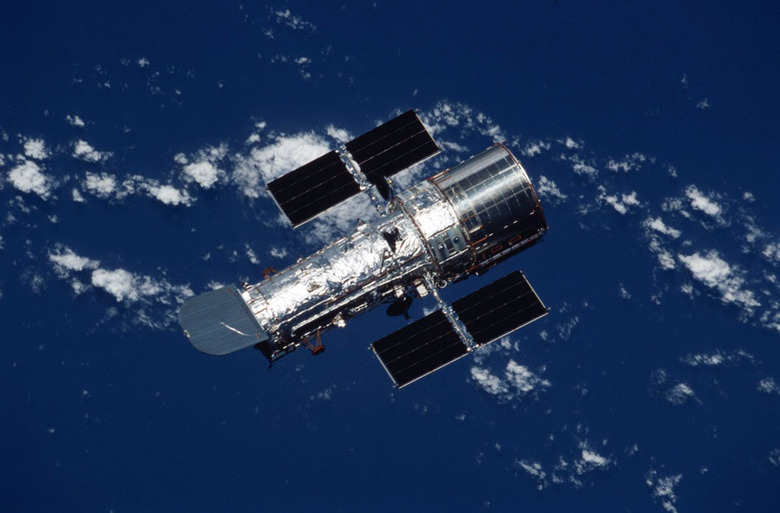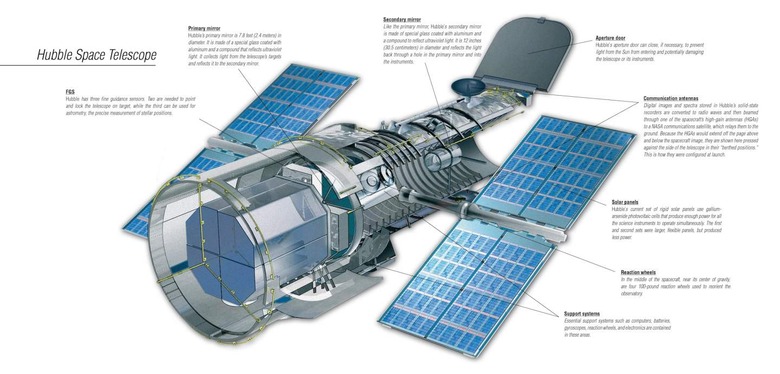NASA's Big Hubble Fix Begins Today: Here's What Will Happen
NASA will begin repairs on Hubble today, after the US space agency developed a new fix for the ailing space telescope. Scientific work with Hubble came to an abrupt halt midway through June, when the payload computer – responsible for managing the high-power telescope itself – unexpectedly shut down.
Efforts to reboot the computer failed to bring it back online, leading to concerns that the aging hardware might be encountering significant issues. Some parts of Hubble's computer systems were developed in the 1970s, as part of NASA's efforts at the time to streamline missions.
However, it means Hubble is reliant on tech that seems positively archaic at this point in time. NASA astronauts swapped out some of the Hubble hardware for newer-built versions – though still based on the same design – during Servicing Mission 4 in 2009 but since then, with the demise of the Space Shuttle program, no on-site fixes have been possible.
That hasn't stopped the Hubble team back on Earth from figuring out first what's probably happened to the telescope, and second how to fix it from afar. While both the telescope and the spacecraft it's mounted to are "healthy" and currently in safe mode, NASA says, the payload computer's problem seems to be the Power Control Unit, or PCU. Both components are in the Science Instrument Command and Data Handling (SI C&DH) unit.
The PCU is responsible for delivering the steady voltage supply on which the payload computer runs, but operations are governed by a power regulator equipped with a protection circuit. If the voltage levels change too significantly from the 5V required, the protection circuit can shut down the payload computer.
"The team's analysis suggests that either the voltage level from the regulator is outside of acceptable levels (thereby tripping the secondary protection circuit)," NASA explains, "or the secondary protection circuit has degraded over time and is stuck in this inhibit state."
Initially, the hope had been that NASA could remotely reset the PCU. With that failing to work, now Hubble will be switched over to its backup SI C&DH unit, which – among other things – includes a backup PCU. The challenge there is that there are systems, on the spacecraft but not related to the payload computer, which need to be switched to backups as part of that process.

NASA put the plan for the switchover to its review board this week, to get approval for what would be a more considerable change to Hubble's systems. The formal review was completed on Tuesday, July 13th, and the green light for the fix to be implemented was given on Wednesday, July 14. The repair is scheduled to take place today, Thursday, July 15.
It's not the first time this sort of repair has been undertaken. In 2008, a different part of the SI C&DH unit failed and required a switchover to the backup. The 2009 mission then replaced that whole SI C&DH unit, and it's that hardware which Hubble is running today.
Assuming everything goes to plan, it will still "take several days to completely return the observatory to normal science operations," NASA says. Hubble is currently in its 31st year of service, having been launched in 1990, and is arguably the most successful scientific mission yet undertaken by the space agency. A previous review suggested the space telescope's work could continue through the 2030s, assuming no other hardware issues.

